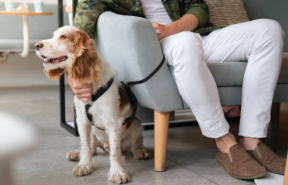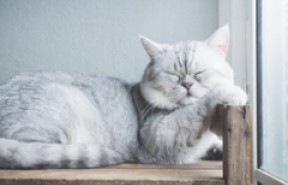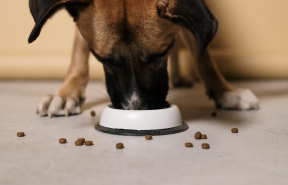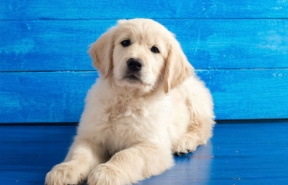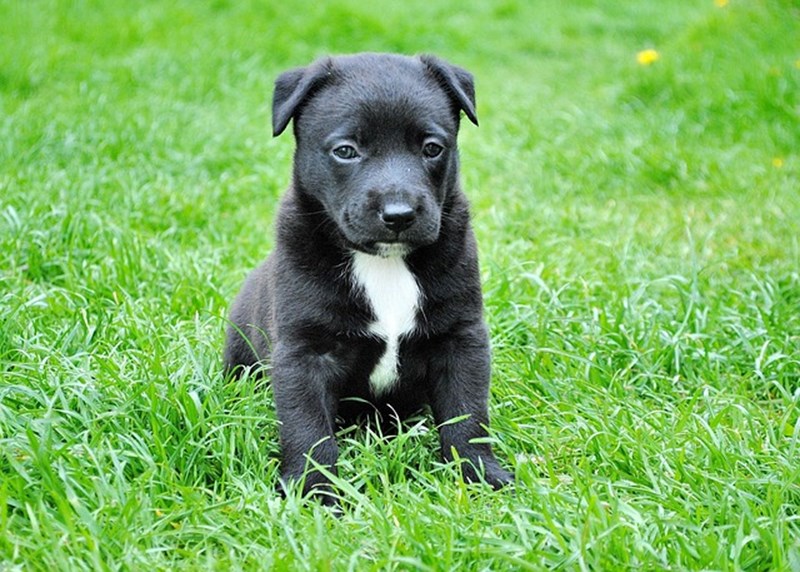Have you considered a crate for your puppy?
By nature, dogs like cosy, enclosed spaces to rest in, especially if they're feeling unsure about things. A crate provides this safe refuge for a puppy, who can seek it for some time out.
A crate is also a great way of teaching your puppy the boundaries of the house while keeping them safe and secure. Crates can be made of various materials such as plastic or collapsible fabric or wire. A crate should be big enough so that your dog can stand up, turn around and lie down.
How do I 'crate train' my puppy?
Initially, your puppy may need to be ‘crate trained’ and this should always be done in a positive way and at a pace that suits the puppy. Ensure that the crate looks inviting and let your puppy go over and investigate it.

You can place food rewards around the entrance of the crate, as well as place a few inside. Offer your puppy verbal praise to encourage them to view the crate as a great place to spend time. Your puppy will soon be keen to explore.
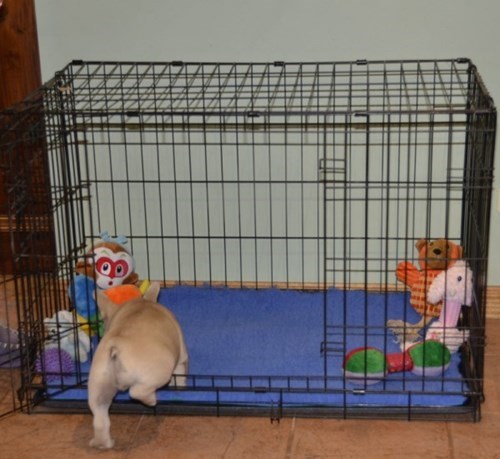
Once they enter the crate, don’t close the crate door just yet, let your puppy enter and leave the crate as they would like.
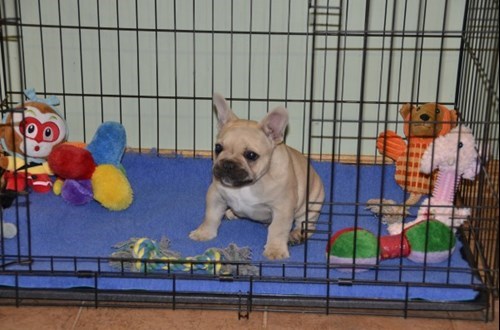
With practice, your puppy will become more comfortable spending time in their crate and you can close the door. If your puppy whines, ignore this behaviour and let them out as soon as they are quiet. Slowly build up the amount of time your puppy uses their crate.

Using the crate at night
When your puppy is happy spending some time in their crate, you can start to use it at night. Provide your puppy with chew toys to help them self-settle in their crate. Remember that young puppies will need regular toilet breaks every 2 to 3 hours, so set your alarm clock. Trips to the toileting area should be done in a quiet and calm manner, so as not to signal to the puppy this is play time. Once puppy has relieved themselves place them back in their crate to settle.
With some practice and patience, your puppy will come to view their crate as a wonderful place. They now have a safe place to go when they need a rest or some time out. A crate can come in handy for other reasons too such as if your pet needs to be confined, for example, after surgery. A crate also makes a great portable home, which can help a pet feel settled if you go on holiday together.
